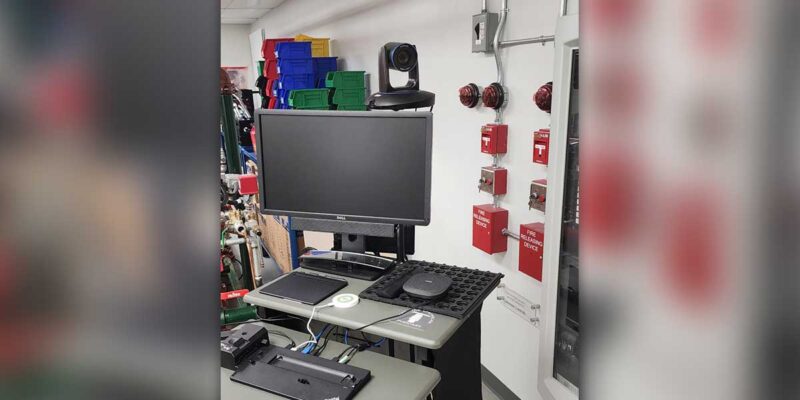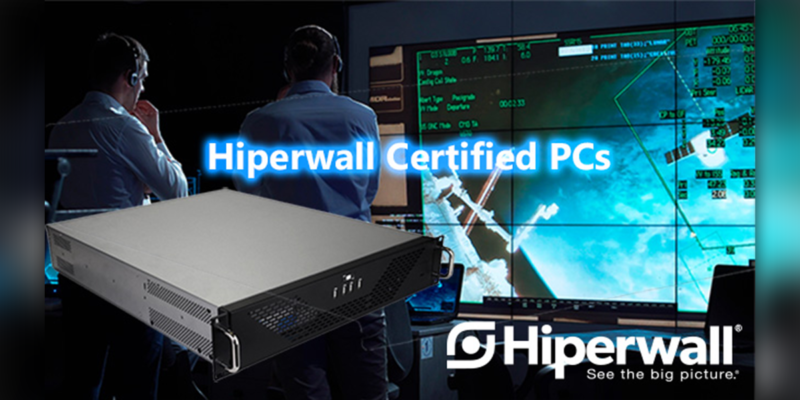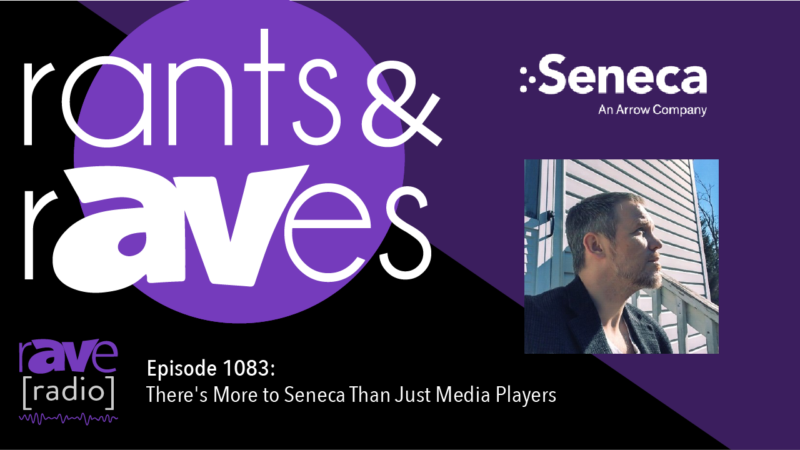Finding the Best OS for Digital Signage
THIS IS A PROMOTED POST
By Seneca
This is a white paper written by Seneca. For the full downloadable version, click here.
Selecting an operating system for your digital signage installation is not a trivial task. While many things may work adequately in the short term, the long term perspective tells a different story.
We believe Microsoft Windows IoT remains the top choice for big and small installations due to its reliability and security in a space filled with several operating system options.
The OS boasts an extraordinarily long lifecycle measured in years and not months. Windows 10 IoT is among, if not the most stable digital signage OS available on the market. Finally, it’s become much more affordable in recent years. Pull all these factors together, and the operating system decision becomes easier for integrators.
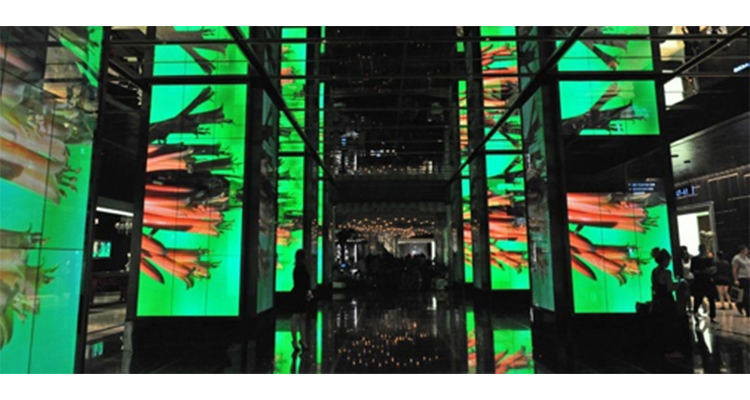
A Legacy of Reliability
Introduced in 2015, Windows 10 IoT was rooted in quite a bit of history and a legacy of reliability. The OS was an evolution of Windows Embedded. It launched in the late 1990s and, during the next decade, developed a solid reputation for stability in dedicated purpose applications.
Windows applications have been around since the 1980s and remain the standard in app development for PC and enterprise solutions. Applications range from medical to military and gaming to transportation, from autonomous lawnmowers to monitoring chicken eggs. Windows 10 IoT reigns supreme in digital signage from Times Square to touchscreens.
Windows apps will run on any version of the OS, going back to 1.0. So, you have many years of development, making Windows applications arguably the most compatible and the most widely available format in the world.
Similarly, when Microsoft launched Windows 10, they also added a new Windows Universal application. The concept was that you could write an app on Windows 10, and it would run on any device, from a handheld to a tablet to a big computer to a giant screen.
Long-Term Support
Support is a critical advantage for Windows 10 IoT. Like its predecessors, it comes with a 10-15-year lifespan. That dwarfs the 18-24-month lifecycle of other OS choices considerably.
Android supporters tend to tout the platform that powers more than 70 percent of the world’s mobile devices. But that’s part of the issue with the OS introduced in only 2008: it was built for mobile – not enterprise – applications. It may be ideal for smartphones and TVs, but it’s not a sound, enterprise-class solution.
While Android has advantages such as affordability, an exhaustive open-source app library, and compact physical size, it can also come with headaches for digital signage integrators. Among those pain points are limited scalability and the uncertainty of future support.
If Android users have trouble, they’re essentially on their own. There’s a high likelihood they will spend a reasonable amount of time combing through online forums trying to solve the problem or throwing the device away to replace it with a new one. This possibility is especially true in the case of on-site support, a space in which far more people can address Windows issues than those of the Android variety.
“We’re a Microsoft partner. We have great support, and we’ve been deploying it through a long-tenured run in the business. When something goes wrong, that’s where we’ve found resilience and the ability to mitigate that downtime on the customer’s end and do that via support from Microsoft.” — Jami McGraw, Global Product Manager for Arrow
Minimizing Costly Inconveniences
When it comes to digital signage, automatic, unplanned updates are unwelcome. Even manual updates can upset the ecosystem, resulting in the dreaded blue screen.
Windows 10 IoT minimizes these inconveniences that can be costly. Imagine the millions of dollars in ad revenue lost if New York City’s Times Square malfunctioned or the problems that would arise if the Cosmopolitan in Las Vegas went dark. Essentially, you can keep unwanted updates out with Windows 10 IoT.
Compare that to Android, with extra capabilities initially intended for mobile devices. The frequent updates and lack of help in sticky situations can spell trouble for integrators who require near-100- percent uptime and solid support when things go wrong.
Fair Pricing by Processor
Windows 10 IoT is purpose-built, single-use, and cost-effective to deploy when you’re looking at the ratio of the cost of the OS versus the cost of the hardware. Windows 10 IoT licensing has a sliding scale commensurate with the computing power of your device. The less powerful the processor, the lower the cost and vice versa.
Microsoft’s value-based processor pricing has made it much more widely available. In addition, there are no minimum licenses to buy.
Functionality Characteristics of Windows IoT Enterprise LTSC
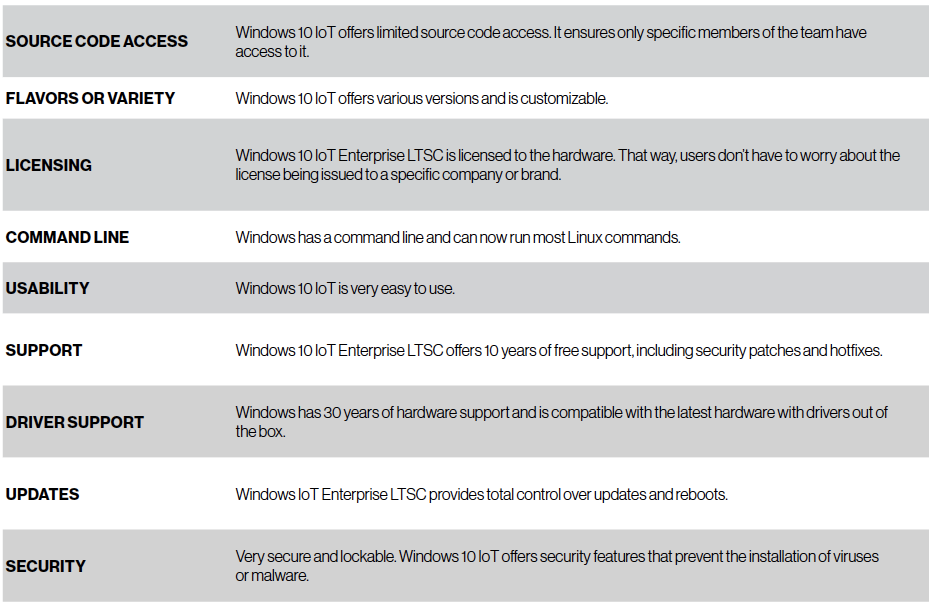
“You get long life, support, and better pricing.” — Ken Marlin, Supplier Alliance Manager for Arrow
The Best for Dedicated Use
Some 95 percent of digital signage applications run on Windows 10 IoT, and for a good reason.
For dedicated-use devices, Windows 10 IoT is ideal with advantages that include:
- A lifecycle of 10 to 15 years
- Advanced lockdown capabilities to prevent unauthorized updates
- Very competitive pricing and no minimum number of licenses to buy
As a simple, scalable, and secure solution, it offers a stable environment for your appliances to operate reliably in the field over several years.
Given all the benefits of Windows 10 IoT, Seneca has made it the operating system of choice for all our media players. Get in touch with us and benefit from products built to last.
If you’re a systems integrator, contact us at salesemail@senecadata.com.
If you’re an OEM and want to build your own Windows IoT appliance, contact Arrow at msembedded@arrow.com.



